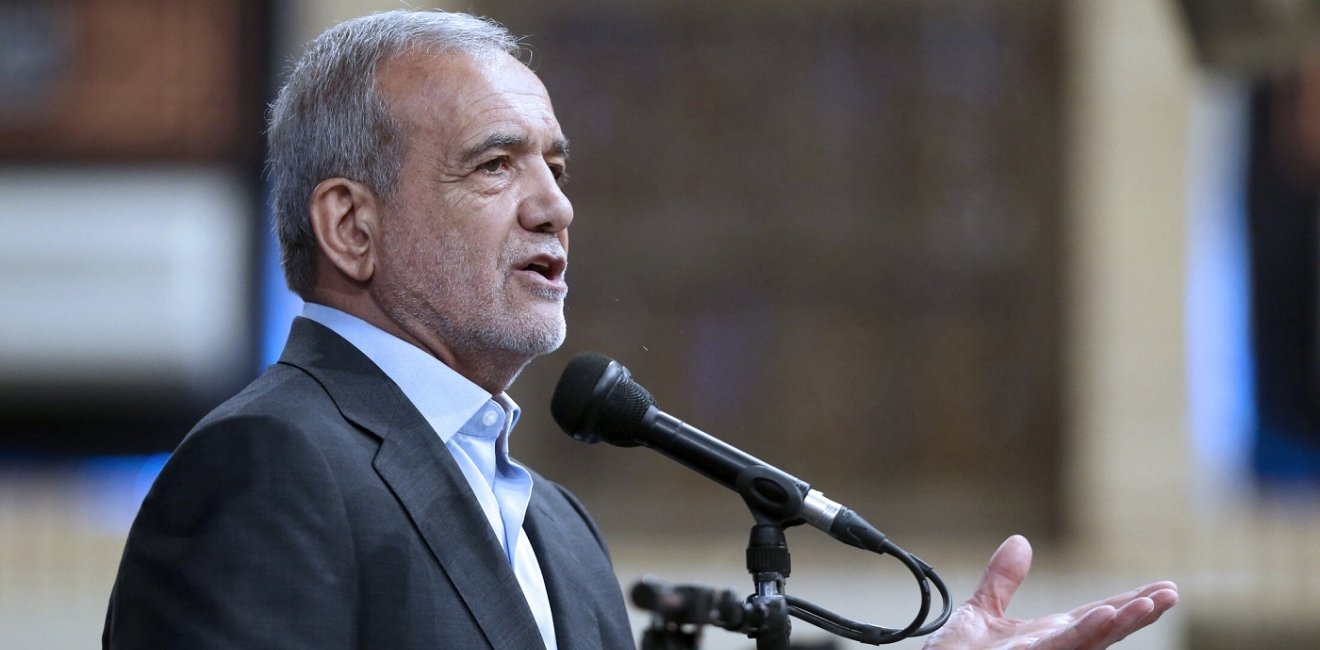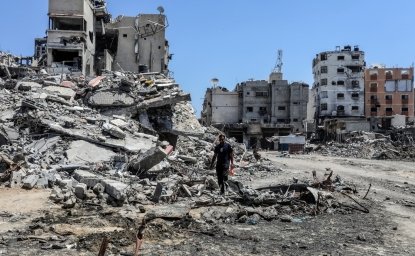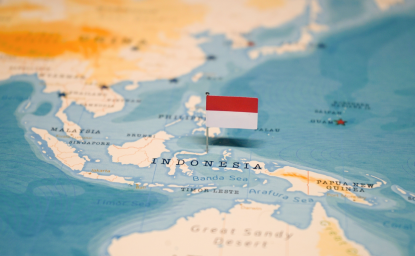Masoud Pezeshkian, Iran’s new president, submitted to parliament the names of his 19 cabinet members on Sunday, August 11. The list proved a disappointment for many who had voted for him and also to his principal advisor, Javad Zarif. Observers surmise that Pezeshkian had succumbed to the preferences of the Supreme leader, Ali Khamenei, commanders of the IRGC, and the conservative wing in parliament.
Zarif's resignation
Pezeshkian had appointed Zarif as his vice president for strategy, suggesting he would play the principal role in shaping Pezeshkian’s program. Yet Zarif stepped down just 24 hours after Pezeshkian announced his new cabinet. As the reformist newspaper Etemad wrote, the news of the resignation of Mr. Zarif “exploded like a bomb.”
This unexpected and intriguing, perhaps significant turn of events requires explanation.
Zarif is a former foreign minister and lead negotiator of the now-inoperative JCPOA nuclear agreement with the US and the European powers. During the campaign, he was always at Pezeshkian’s side and served as his special adviser. Zarif, with his reputation as a moderate who favors better relations with the US and the Europeans, remains popular with moderate voters and reformists in the country. He almost certainly helped win votes for Pezeshkian, who was not a familiar figure among voters.
But when Pezeshkian announced his choices for cabinet offices, only a limited number were from the list Zarif’s council had recommended.
Once elected, Pezeshkian appointed Zarif, the head of a special advisory council, to suggest to the president potential cabinet appointees. The council, after vetting a number of possible candidates, presented its recommendations to the president-elect. But when Pezeshkian announced his choices for cabinet offices, only a limited number were from the list Zarif’s council had recommended.
Hence Zarif’s resignation. His role as vice president had lasted only 11 days.
On Instagram, Zarif explained his resignation in terms of the constellation of the new cabinet. He objected to seven members of the new cabinet. The cabinet, he wrote, did not include more members of Iran’s new, younger generation; it did not include, as he had hoped and the council had recommended, women and representatives of minority communities. He was “ashamed,” he wrote, that he had not adequately succeeded in the task he had set for himself.
In a later conciliatory comment, Zarif said he had the greatest affection for President Pezeshkian but felt that his presence would have been a liability for the new president.
Pezeshkian, responding to his critics and the disappointment among the voters, said only that they should wait to see how his cabinet performs in practice.
The Cabinet
During the campaign, Pezeshkian said he hoped to see better relations with the US and European countries and to see sanctions lifted as a means to improve the economy. That raised hopes he would appoint a moderate cabinet inclined to reforms. The cabinet has turned out to be a mixed bag. Abbas Araghchi, his nominee as foreign minister, is a foreign ministry careerist and is seen as a moderate. He served as Iran’s ambassador to Japan and Finland and deputy foreign minister. He was also Zarif’s close ally as deputy chief negotiator in the JCPOA negotiations. If confirmed by parliament, Araghchi will bring experience to the conduct of foreign policy, a field in which Pezeshkian has none.
There is one woman in the cabinet: Farzaneh Sadegh, an engineer nominated to be Minister of Roads and Urban Development. If confirmed, she will be the second woman in the history of the Islamic Republic to serve as a minister. The first woman was Marzieh Vahid Dastjerdi, appointed by President Mahmoud Ahmadinejad as minister of health.
In two other key positions (which are both also subject to the Supreme Leader’s approval), the president has named Esmail Khatib, a cleric, to continue as the Minister of Intelligence. Khatib has close connections to the intelligence community and is associated with the suppression of dissent and the widespread arrest of journalists, intellectuals, and political critics. He is a man trusted by the Supreme Leader and was earlier head of his personal protection organization in Qum.
The Interior Minister will be Eskandar Momeni, the deputy chief of police in the outgoing cabinet. Momeni was deputy chief of police under President Raissi. The new president has also kept Mohammad Eslami as chief of Iran’s civilian nuclear program—a post whose holder, we can assume, is determined by the Supreme Leader. Eslami was sanctioned by the UN in 2008 for being engaged in sensitive nuclear activities for the development of nuclear weapons delivery systems when he was head of a defense industry research institute. But during the campaign, he said he would work to revive the JCPOA.
Pezeshkian may not have had a free hand in selecting the key members of his cabinet. But the problems he faces are numerous and will require intelligence and political savvy.
Challenges ahead
Pezeshkian may not have had a free hand in selecting the key members of his cabinet. But the problems he faces are numerous and will require intelligence and political savvy. Will he be able to reign in the police in their harassment of women who don’t observe the hijab? Can he persuade the security agencies (and the Supreme Leader) to allow the people more freedom? He inherits an economy where inflation is soaring, incomes for many are inadequate to make ends meet, and widespread discontent prevails.
Will he be able to make good on his campaign promise to reach out to the West, to ease sanctions, and improve economic conditions?
The Gaza war, in which Iran’s proxies—Hezbollah in Lebanon, Hamas in Gaza, and proxies in Syria, Iraq, and Lebanon—are involved and the stand-off with Israel and the US after the assassination of Hamas leader Haniyeh presents the new president with a thicket of problems. It remains to be seen whether he has the skills to address them.
The views represented in this piece are those of the author and do not express the official position of the Wilson Center.






